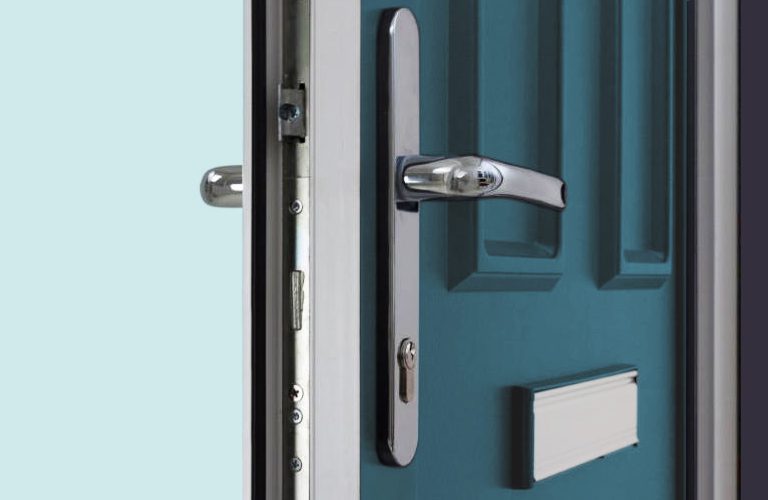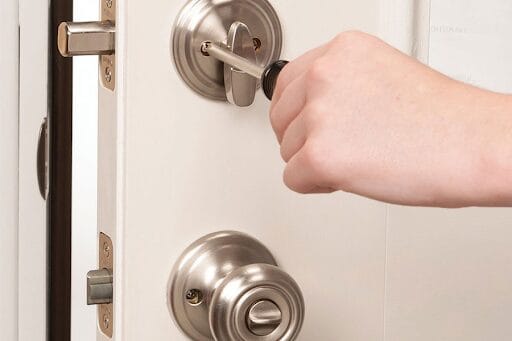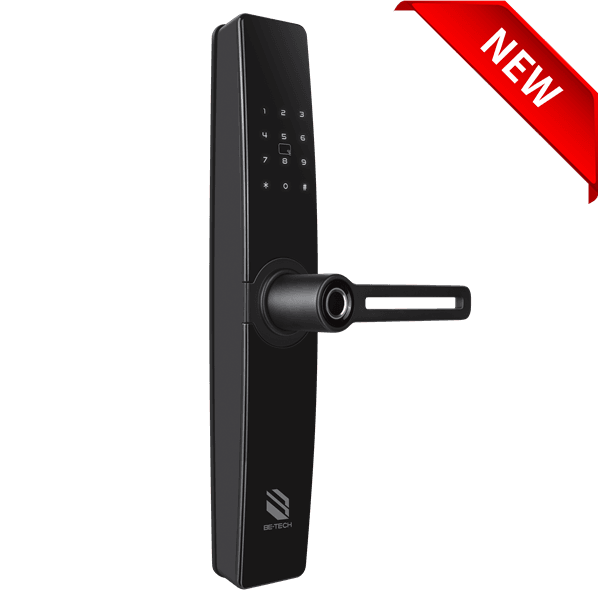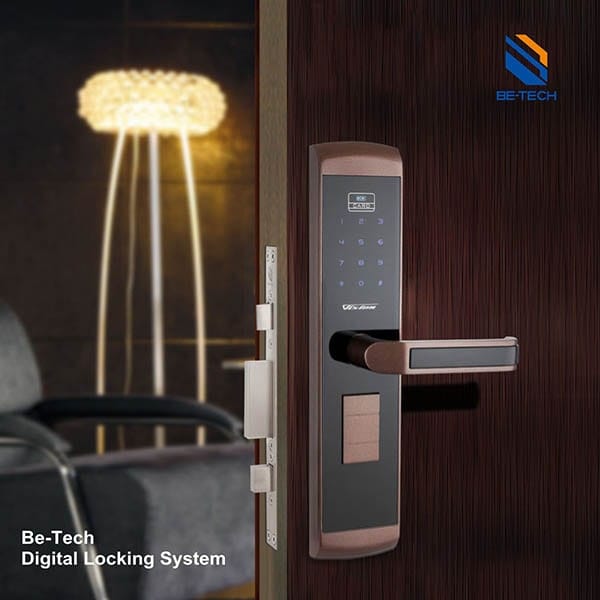In today’s world, securing your valuables is more important than ever. Whether it’s confidential documents, expensive equipment, or personal items, having a reliable cabinet lock is essential. This comprehensive review will delve into the various types of cabinet locks available, their features, and how to choose the best one for your needs.
Types of Cabinet Locks
1. Keyed Locks

Keyed locks are the most traditional form of cabinet security. They come in various configurations, such as cam locks, deadbolts, and padlocks. These locks are known for their reliability and simplicity. The key mechanism ensures that only authorized individuals can access the contents of the cabinet.
- Cam Locks: These are commonly used in office furniture, lockers, and cabinets. They are easy to install and provide a basic level of security.
- Deadbolts: Offering a higher level of security, deadbolts are ideal for cabinets that store valuable items or sensitive information.
- Padlocks: Versatile and portable, padlocks can be used on a variety of cabinets and are available in different sizes and strengths.
2. Electronic Locks
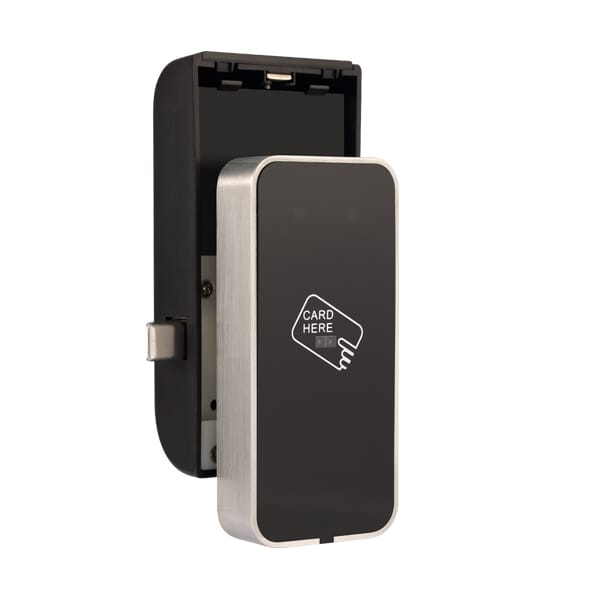
Electronic locks represent a significant advancement in security technology. These locks offer keyless convenience and advanced features such as access control and audit trails. They are ideal for high-security environments where managing access permissions is crucial.
- Code Access: Users can enter a numeric code to unlock the cabinet. This is convenient for environments with multiple users.
- Card Access: Access cards can be programmed to allow entry, making it easy to manage who can access the cabinet.
- Biometric Access: Using fingerprint or retina scans, biometric locks provide the highest level of security by ensuring that only specific individuals can unlock the cabinet.
3. Combination Locks
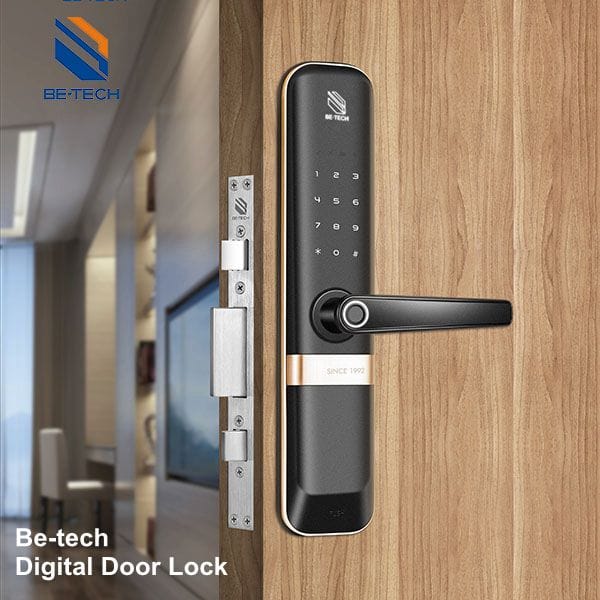
Combination locks offer a keyless solution through a set sequence of inputs. These locks are particularly suited for shared access areas where managing multiple keys can be impractical. The ability to reset the combination provides an added layer of security.
- Dial Combination Locks: Commonly used in school lockers and safes, these locks require the user to turn a dial to a specific sequence of numbers.
- Push-Button Combination Locks: These locks use a series of buttons that must be pressed in the correct order to unlock the cabinet.
4. Smart Drawer Locks
Smart drawer locks are a type of electronic cabinet lock that provides enhanced security and convenience features. These locks are gaining popularity due to their ease of use and advanced functionalities, such as remote control access and voice control using virtual assistants like Amazon Alexa or Google Assistant. They also offer the ability to monitor access history, making them ideal for business or commercial settings.
5. Ratchet Cabinet Locks
Ratchet cabinet locks use a ratcheting mechanism to secure the door of a cabinet. This mechanism consists of a small pawl that engages with a series of teeth on a gear or wheel, preventing the door from being opened without the correct key. These locks provide a high level of protection against tampering and unauthorized access.
6. Cylinder Cabinet Locks
Cylinder cabinet locks are popular for securing cabinets and drawers. They use a cylinder to hold the lock in place, which is turned using a key to engage the locking mechanism with a strike plate on the cabinet frame. These locks are similar to cam locks but offer a different locking mechanism.
7. Plunger Locks
Plunger locks are commonly used to secure cabinets, drawers, and other small enclosures. The plunger extends into the cabinet frame, preventing the door from being opened until the plunger is retracted. These locks are often used in retail stores, offices, and other commercial settings to secure valuable items such as cash or sensitive documents.
8. Central Locking Systems
Central locking systems are designed to lock multiple cabinets or drawers simultaneously. The system consists of a central locking mechanism installed on the cabinet frames or drawers, which can be unlocked using a central key. This allows all the cabinets or drawers to be locked or unlocked at the same time, providing convenience and enhanced security.
9. Tubular Locks
Tubular locks are known for their high security and are often used in vending machines, ATMs, and other high-security applications. These locks use a unique key shape that makes them difficult to pick, providing an added layer of security.
Factors to Consider When Choosing a Cabinet Lock
1. Security Features
When selecting a cabinet lock, consider the security features it offers. Look for locks that are resistant to tampering and forced entry. High-quality materials and robust construction are essential for ensuring the lock can withstand significant force.
2. Material Durability
The durability of the lock’s material is crucial, especially if the lock will be used in a high-traffic area or exposed to harsh environmental conditions. Stainless steel and hardened steel are excellent choices for their strength and resistance to corrosion.
3. User Reviews
Reading user reviews can provide valuable insights into the lock’s performance and reliability. Look for feedback on ease of installation, usability, and overall satisfaction.
4. Overall Value
Consider the overall value of the lock, including its price, features, and durability. A higher upfront cost may be justified if the lock offers superior security and longevity.
Installation and Maintenance
Installation
Many cabinet locks are designed for easy installation and come with comprehensive instructions. However, for advanced locks or in cases of uncertainty, professional installation may be advisable to ensure the lock is properly fitted and functions correctly.
Maintenance
Regular maintenance is essential to keep your cabinet lock in good working condition. This includes cleaning and lubricating the lock mechanism every 6-12 months, or more frequently in high-use or outdoor environments.
Advanced Security Features
Access Control
Modern cabinet locks, especially electronic and smart locks, offer advanced access control features. These features allow you to manage who can access the cabinet and when. For example, you can set specific access times for different users or restrict access to certain individuals.
Audit Trails
Audit trails are a valuable feature in electronic and smart locks. They provide a record of who accessed the cabinet and when, allowing you to monitor usage and identify any unauthorized access attempts. This feature is particularly useful in business or commercial settings where multiple people may need access to the same cabinet.
Remote Access
Some smart locks offer remote access capabilities, allowing you to lock or unlock the cabinet from anywhere using a smartphone app. This feature provides added convenience and security, especially if you need to grant access to someone when you are not physically present.
Seamless Integration with Hotel Management Systems
For hotels and other hospitality businesses, integrating cabinet locks with the overall hotel management system can enhance security and operational efficiency. Smart locks can be connected to the hotel’s central system, allowing for seamless management of guest access and room security. This integration can also provide valuable data on room usage and access patterns, helping to improve overall security and guest experience.
Case Studies and Success Stories
Case Study 1: Enhancing Security in a Corporate Office
A large corporate office implemented smart drawer locks to secure confidential documents and sensitive information. The smart locks provided enhanced security features such as biometric access and audit trails, allowing the company to monitor who accessed the documents and when. This implementation significantly reduced the risk of unauthorized access and improved overall security.
Case Study 2: Improving Guest Experience in a Hotel
A hotel integrated smart locks with their hotel management system to provide guests with a seamless and secure experience. Guests could use their smartphones to unlock their room cabinets, eliminating the need for physical keys. The smart locks also allowed the hotel to monitor room access and ensure that only authorized personnel could enter the rooms. This integration improved guest satisfaction and enhanced the hotel’s security.
Can heavy-duty cabinet locks be used outdoors?
Yes, many heavy-duty locks are designed for both indoor and outdoor use, featuring weather-resistant materials and finishes to withstand environmental elements.
How often should I maintain my cabinet lock?
Regular maintenance, including cleaning and lubricating the lock mechanism, is recommended every 6-12 months, or more frequently in high-use or outdoor environments.
Can I install a heavy-duty cabinet lock myself?
Many heavy-duty locks are designed for easy installation and come with comprehensive instructions. However, for advanced locks or in cases of uncertainty, professional installation may be advisable.
Are electronic cabinet locks secure?
Yes, electronic locks offer high security through customizable access codes, biometric features, and the ability to track access, making them a secure option for sensitive applications.
What should I do if I lose the keys to my cabinet lock?
If you lose the keys to a keyed cabinet lock, contact the manufacturer or a locksmith to explore options such as key replacement or lock rekeying.
Conclusion
Selecting the right cabinet lock is a nuanced process that requires careful consideration of various factors, including security features, material durability, user reviews, and overall value. Whether you opt for a traditional keyed lock, a modern electronic system, or a combination lock, the right choice will provide peace of mind knowing that your valuables are well-protected. By understanding the different types of locks and their features, you can make an informed decision that meets your specific security needs.
For more information on our range of cabinet locks and to explore our electronic cabinet locks, visit our website. If you have any questions or need assistance, feel free to contact us.

